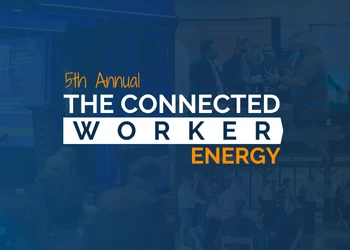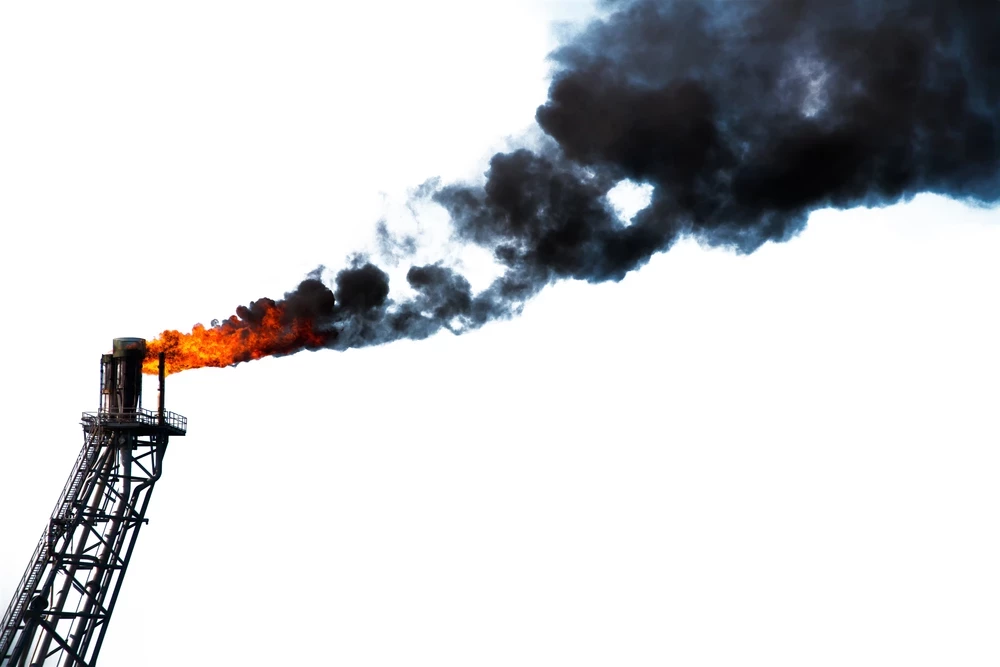Cutting Costs And Making Reclamation Of Produced Water More Economical
Add bookmark
Hani Youssef Argalious, Middle East & North Africa Business Manager for Merpro speaks exclusively to Oil & Gas IQ Editor Bryan Camoens on some of the biggest challenges facing the produced water sector in Asia. Hani also touches on hydro cyclone technology and the untapped opportunities in the sector.
BC: Could you please outline some of the best practice strategies for the treatment of produced water and what are some of the typical challenges that are often faced?
HYA: I believe the biggest challenge in PWT is that we treat the problem as a black box with influent properties that need to be reduced to effluent properties without thorough examination of the various sources that made up the influent stream. In many cases the influent properties are governed by comingling various streams together, which could prove easier to be treated separately.
We need to examine direct well production methodologies, various line sizes and restrictions in the flow and the many sources that make up the final produced water to assess the best treatment possible. Cutting corners in eliminating a FEED (Front End Engineering Design) study will most definitely result in a more sophisticated treatment scheme and the associated capital expenditure.
As an example you can take the treatment of produced water with the usual oil concentration along with a stream containing a high concentration of MEG (MonoEthylene Glycol). Even with all recent technology developments it is still more economic and more compact to try to separate the streams and treat separately than to attempt treating the mixed flow.
Another example would be the challenges faced with treating produced water with emulsified oil. Instead of using a constant supply of chemicals to coalesce the oil along with specialized large equipment, the solution could be as simple as removing orifice restrictions in the line or using a low shear pump.
BC: What are some of the key strategies to achieving optimal efficiency in operations and maintenance of produced water units?
HYA: Produced Water Treatment equipment is designed for a certain envelope and in many cases optimal efficiency cannot be achieved because we are operating outside that envelope. When parameters change during operation, it is prudent to re-evaluate the best approach to cope with that change instead of closing an eye and hoping for the best. Small changes in temperature, pressure, viscosities and new chemicals can most definitely have a detrimental effect on operating efficiency.
BC: How can you overcome challenges for the treatment of produced formation water from gas production fields?
HYA: In recent years many of the equipment suppliers have dedicated a large portion of their research to address these challenges and again it is very important to assess peripheral effects of increased water production in gas streams. To give you an example, initial designs of gas production facilities ignored the chance of increased sand production effected by the increased water production in gas streams.
Many of these designs can be easily tweaked to achieve the required performance.
BC: In your opinion, how can membrane technology help in reducing oil-in-water content?
HYA: The advantage in membrane technology utilized for produced water treatment is the relatively small amount of reject stream that requires disposal. Nevertheless operational costs of membrane technology exceed those of many other equipment, hence it would be difficult to generalize a statement regarding overall suitability or superiority. Produced water treatment will never be an off-the-shelf
approach.
BC: Could you please tell us more about the new developments in hydro cyclone technology for the treatment of production fluids and explain some of the benefits of this technology?
HYA: Hydro cyclone technology has been utilized in the oil and gas industry for over 20 years now and has been a preferred choice due to the compact design nature. Various companies pride themselves for developing new liner designs which can extend the envelope of influent properties and still achieve the required limits.
BC: Thank you for your time
HYA: My pleasure, goodbye.
[eventpdf]





















